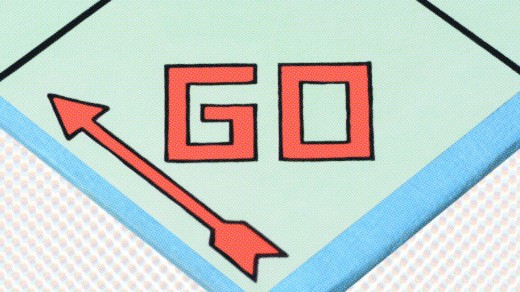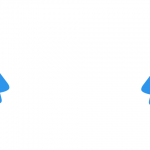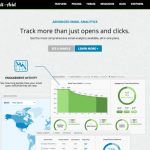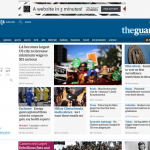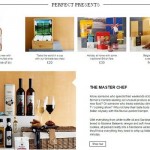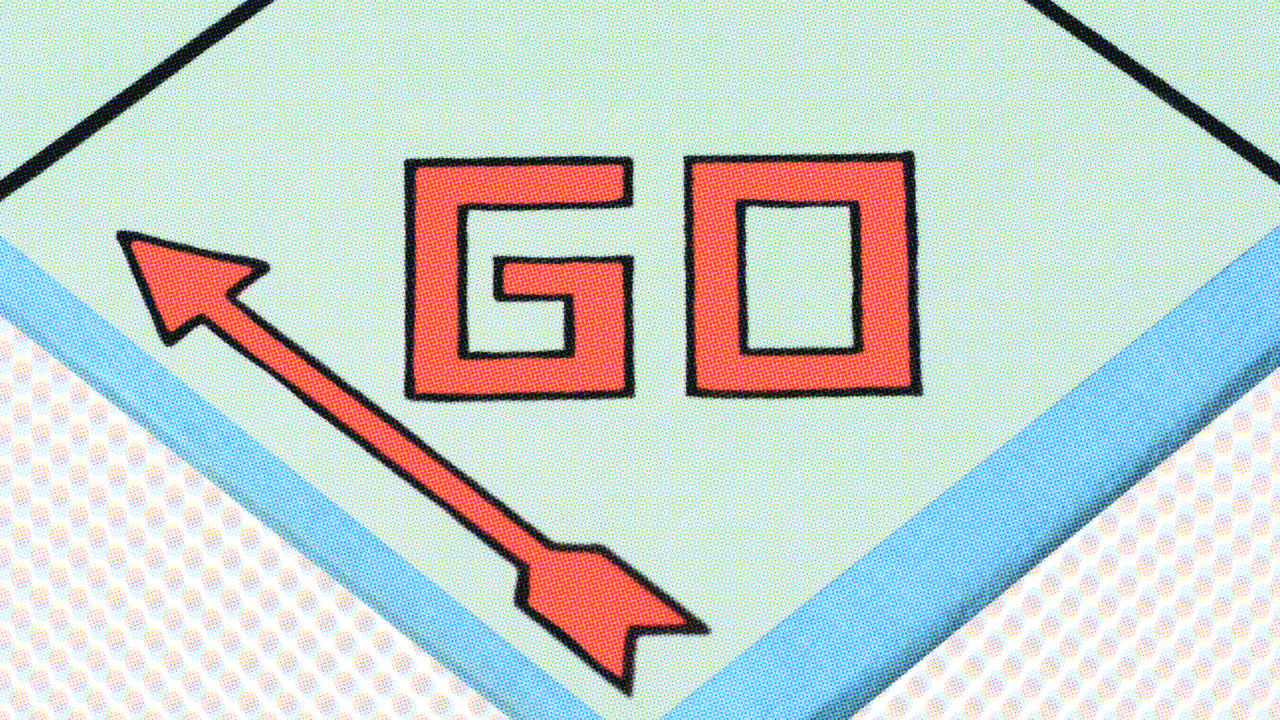The Next Big Thing In Design? Less Choice
In the future, the design around us will sweat the small stuff, writes Huge CEO Aaron Shapiro.
Choice is overrated.
Recently, I decided to buy Monopoly to play with my son. What I was sure would be a quick decision on Amazon turned into a learning experience for both of us. Did you know there are 2,767 versions of Monopoly on the market and that the original version is not the easiest to find? My attempt at an impulsive purchase turned into a draining, in-depth research and decision-making exercise.
It’s undebatable that technology has made our lives more convenient, but it has also subjected us to a tyranny of choice. Thanks to the Internet, I can have anything I want delivered to my door for dinner. The same goes for shopping, finding information, playing games, or choosing a movie to watch. The Internet has given us an abundance of choice and an abundance of information to inform those choices. The end result is that our lives are burdened with approximately 35,000 decisions a day.
The irony of creating so much choice for ourselves is that—from our health and diet to finances and fitness—people make bad decisions every day. Little ones that add up over time and, sometimes, big ones that ruin their lives. And even more importantly, people can suffer real consequences from the well-documented phenomenon of decision fatigue: the more things we decide over the course of a day, the lesser ability we have to make effective decisions. It’s why, for example, prisoners are less likely to receive parole if their case is heard later in the day.
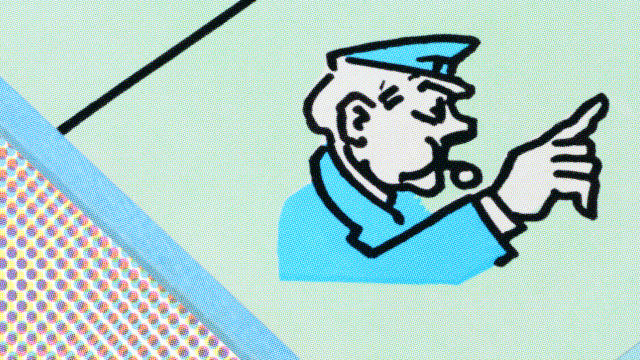
Technology has revolutionized the way we live our lives and do business, but it has done a terrible job reducing the stress of so many decisions. Industry by industry, great digital design has eliminated middlemen from the economy and put users in control, making it fast and easy for us to determine what we want and purchase it directly, whether on a computer or over a phone. Now, with unlimited opportunities for decision-making, we have essentially made ourselves the middlemen in our own lives.
The enjoyment, and even fetishization, of the beautifully designed experiences we rely on to make these decisions has distracted us from our original goal of simplifying our lives. We’ve forgotten that the ultimate purpose of an interface is to make things simpler. In the future, the best interface will be no interface at all and the best decisions will be made without me having to make them (but according to my preferences and goals).
And in a future where brands compete and survive based on the quality of automated services, today’s manually decided experiences will seem as obsolete as (April 18, 2015)’s do to us now.
Design That’s One Step Ahead of You
The next big breakthrough in design and technology will be the creation of products, services, and experiences that eliminate the needless choices from our lives and make ones on our behalf, freeing us up for the ones we really care about: Anticipatory design.
Conventional design assumes that the designer is creating something—whether physical or digital—that people use. The user interacts with it by holding, swiping, and touching it, and as a result of those interactions, stuff happens. With anticipatory design, the user’s job is to make the object accomplish very specific things, while it’s up to the designer to make that process as simple as possible for the user, or to make good use of that object and minimize difficulty. Through great design, no instruction is needed and everything is intuitive. But at its core, user experience has been about presenting the user with information and options so she can make a decision. The user makes a decision, and things happen.
Anticipatory design is fundamentally different: decisions are made and executed on behalf of the user. The goal is not to help the user make a decision, but to create an ecosystem where a decision is never made—it happens automatically and without user input. The design goal becomes one where we eliminate as many steps as possible and find ways to use data, prior behaviors and business logic to have things happen automatically, or as close to automatic as we can get.
Take booking a flight as an example. Rather than being given options—airline, time, seat location—an anticipatory approach would be to automatically monitor the user’s calendar, and book a ticket when a meeting is scheduled in a location that requires air travel. Seat preference, preferred airlines, the decision between price and a specific flight time are all based on prior travel behavior and payment information can be electronically transmitted.
Since anticipation is based on prior knowledge, the user may initially be asked for feedback on the choice before or after booking, but once the system is reasonably accurate the job will be done without question. The result is a fully designed system that performs a powerful set of functionality without the need for step-by-step interaction.
We can see the beginning stages of anticipatory design hitting the mainstream market in the form of greater personalization. Amazon’s recommended products and Netflix’s top picks offer us choices based on previous purchases and viewing habits, are shaping what we expect from online services. But these types of optimizations are simply training wheels for anticipatory design, prompting us to make more (in some cases harder) decisions, rather than making the process easier.

At its core, the function of anticipatory design is to gather the data necessary and move from the era of personalization to automated decision-making. While most companies are still taking baby steps towards the future, emerging examples of anticipatory design are gaining traction for their convenience, and beginning to define new standards for what users will expect from their devices and services.
Google Now and Google’s Nest thermostat are two early examples. Google Now is a digital assistant that not only responds to a user’s requests and questions, but predicts wants and needs based on search history. Pulling flight information from emails, meeting times from calendars and providing recommendations of where to eat and what to do based on past preferences and current location, the user simply has to open the app for their information to compile.
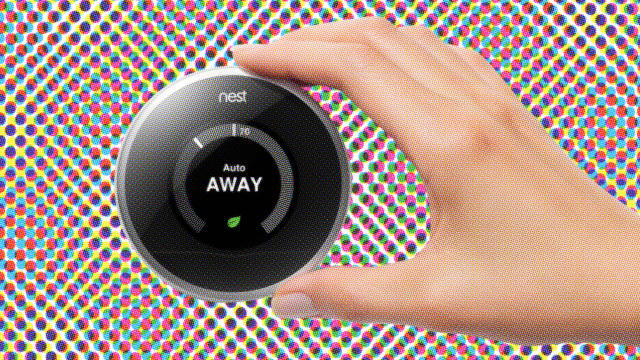
With similar intention but serving different needs, Nest, the Internet-enabled thermometer, automatically adjusts room temperature based on a user’s prior choices. Assessing what temperature residents prefer based on time of day and tweaking it accordingly rids the user of the need to decide for themselves. Around since 2011, both Google Now and Nest are veterans compared to other forms of anticipatory design services emerging now. An example released this year, Digit.co helps people make smarter, automated savings decisions by connecting to its users’ bank accounts, assessing income and spending habits, and automatically moving money into a savings account. The service takes only what you can afford, with the goal of saving money, based on when bills are due and expenses become more demanding.
It’s not hard to see how today’s services can easily evolve for an anticipatory future. By connecting to my daily schedule and assessing my location, Uber could automatically schedule a car to pick me up from work when I’m done with a meeting, rather than the other way around.
Perfecting this system, however—ridding it of wild inaccuracies or annoyances—is no trivial task.
Taming and Training Data
In order to achieve the level of convenience promised by anticipatory design, data must be collected, analyzed, and then repackaged in the form of predetermined selections. The ubiquity of the Internet is increasing our ability to collect extraordinary amounts of data from virtually everyone, dramatically reshaping not only how we interact with our devices but how they interact with us.
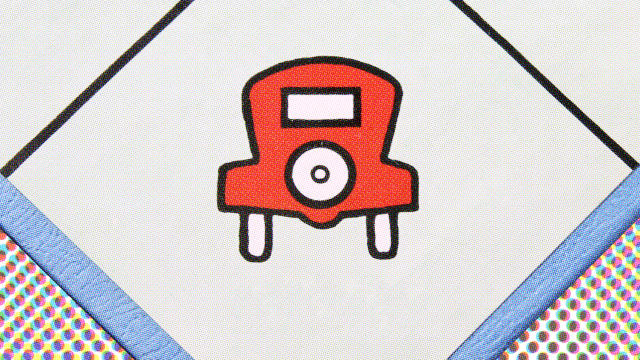
We see these early benefits of collection through devices like the Fitbit and smart watches. Tomorrow’s collection technologies will give us just as detailed data about everything that relates to the environment around us. Coupled with the explosive power of data is the ability to bring together information from disparate sources and present them in a unified viewpoint, whether that be personal, professional, medical, or financial.
By unifying different streams of data, companies can look at dashboards to decide whether their marketing campaigns are working, how their web traffic is doing, or who their high-value customers are and how to communicate with them. As a consumer, unification tells me how much I am exercising compared to my friends, or what the best price is for the car I’m considering buying. Unification provides information, and we can use that information to make better decisions—or adjust the decisions being made on our behalf.
Companies are catching on quickly. With the realization that data is much more valuable when used with other information, protocol is increasingly being adopted to ensure that data sharing is seamless. With the explosion of both data collection and unification, we’re creating an environment that, while not fully exposed, is at least open enough for information to be meaningfully aggregated.
Taken together in four steps—collection, unification, analysis, and implementation—we have an environment where information is working for you behind the scenes to do things automatically, all in the service of letting you focus on what’s most important to you in work and life.
[Top Photo: LunaseeStudios via Shutterstock]
Fast Company , Read Full Story
(139)

